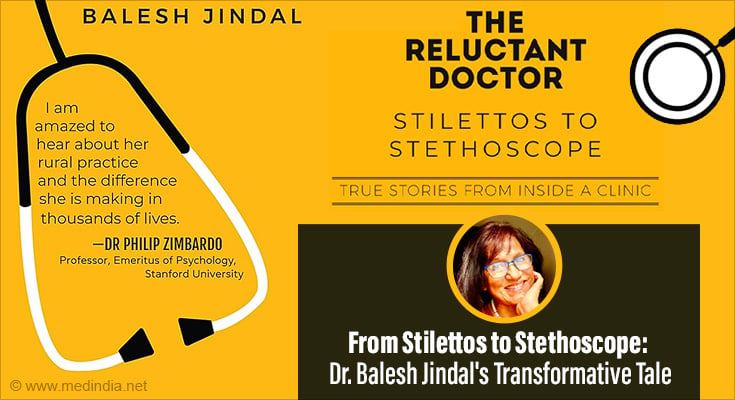In 2020, 1.1 billion people were living with untreated visual impairment, and is expected to rise to 1.8 billion by 2050. Despite progress in recent years against some infectious diseases, millions continue to live unnecessarily with visual impairment and blindness. 90% of people with these conditions live in low- or middle-income countries, and visual impairment affects women, rural people and minority ethnic groups disproportionately.
The study and research were carried out as part of the collaborative Lancet Global Health Commission on Global Eye Health. A total of 226 studies were reported on the relationship between an eye health service and outcomes or pathways related to the SDGs. These services include cataract surgery, free cataract screening, spectacle delivery, trichiasis surgery, rehabilitation services and rural community eye health volunteers.
Prof. Matthew Burton, director of the ICEH at LSHTM, said, “Eye health is often overlooked, but it is an important factor for improving global health and quality of life. Our study, which is one of only two studies looking at the connections between improvements in a specific area of health and the SDGs, demonstrates that eye health is a powerful enabling tool for sustainable development, both directly and indirectly.”
“Currently, eye health does not feature within any of the many targets and indicators of SDG monitoring. This study is part of a growing body of evidence that eye health policies should be embedded across education, the workplace and social services. Interventions, such as improved access to glasses and cataract surgery, need to be prioritised and receive the financial support that a challenge of this scale deserves.”
The authors found multiple direct connections between eye health services and one or more of seven SDGs, including:
- Improved eye health reduces poverty (SDG 1) and improves productivity (SDG 8)
Numerous studies have shown that access to eye health interventions increases productivity, housing costs, and household income. In the Philippines, for example, the per capita cost of cataract surgery has increased by 88% in one year. - Improved eye health advances general health and well-being (SDG 3)
Complementary reviews of this study conducted for the Commission show the link between visual impairment and mortality, falls, dementia, mental health problems, heart disease, respiratory disease and cancer. - Improved eye health advances educational outcomes (SDG 4)
Good vision is associated with improved educational outcomes. Giving glasses can improve academic exam scores, a study in China shows that giving glasses reduces the odds of failing a class by 44%. - Improved eye health advances equality (SDGs 5 & 10)
Interventions such as training and cataract surgery for rural community eye health volunteers can reduce attendance- and treatment-related gender inequality. Similarly, income equality has been improved through cataract surgery. - Improved eye health reduces road traffic accidents (SDG 11)
It has been found that the incidence of cataract conflict is 2.5 times higher. Studies show that cataract surgery can reduce the risk of driving and motor vehicle accidents.
Totally, 27 studies have reported that eye health services had a positive effect on advancing one or more SDG targets, and indirect effects have been proposed for all targets. Cataract surgery and spectacles were interventions with a large number of studies reporting beneficial effects on SDG.
The potential human impact of not including eye health as an SDG target will affect not only individuals, but communities as well as nations as a whole. Vision is a primary sense that enables people to live, work and contribute to communities to their full potential. It is urgent that good vision be prioritized in the right way.
His Excellency, Dr. Aubrey Webson, the Permanent Representative to the United Nations for Antigua and Barbuda and chair of the UN Friends of Vision group said, “No one should have to live with avoidable blindness or addressable visual impairment in the 21st century when we have proven low-cost solutions to address these conditions. The SDGs represent the highest ambition of the global community, and it is time that eye health is recognised as integral part of that.”
Source: Medindia



